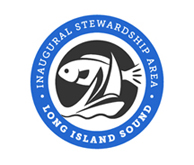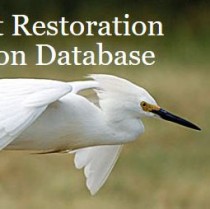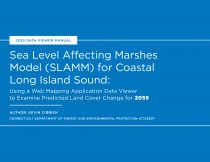Thriving Habitats and Abundant Wildlife – beta site
Goal: Restore and protect the Sound’s ecological balance in a healthy, productive,and resilient state to benefit both people and the natural environment.
 The protection and restoration of ecologically significant shorelines and habitats of Long Island Sound serves to protect the diversity and richness of native species, enhance the public’s enjoyment of
The protection and restoration of ecologically significant shorelines and habitats of Long Island Sound serves to protect the diversity and richness of native species, enhance the public’s enjoyment ofactive and passive recreational opportunities such as hunting,
boating, and wildlife viewing, and increase resiliency of
communities to storms and flooding. Learn about the actions, strategies, and objectives proposed to meet this goal in the Thriving Habitats and Abundant Wildlife section of Long Island Sound Study Comprehensive and Conservation Management Plan.
ECOSYSTEM TARGETS
The following ambitious, but achievable, ecosystem targets have been developed
to drive progress toward attaining the Thriving Habitats and Abundant
Wildlife (HW) goal. Achieving these targets can also contribute to the goals for
the other themes. Likewise, multiple strategies and implementation actions
throughout the four theme areas apply directly and indirectly to these targets.
Measuring, tracking, and reporting environmental indicators of each ecosystem
target will provide information to assess progress and refine and adapt management as needed.
Coastal Habitat Extent:
Restore 350 acres of coastal habitat by 2020 and a total of 3,000 acres by 2035 from
a 2014 baseline, including:
- Eelgrass Extent:Restore and maintain 2,000 additional acres of eelgrass by 2035 from a 2012 baseline of 2,061acres. see indicator
- Tidal Wetland Extent:Restore 515 additional acres of tidal wetlands by 2035 from a 2014 baseline.see indicator
River Miles Restored for Fish Passage:
Open 200 additional miles of fish riverine migratory corridors in the Connecticut and New York portions of the watershed by 2035 from a 2014 baseline. see indicator
Shellfish Harvested:
Increase the harvest of oysters, clams, and scallops in the Sound through a combination of habitat management and shellfish aquaculture. see oyster and clam harvest indicator
Habitat Connectivity:
Increase connectivity of coastal habitat by 2035 by restoring and/or protecting habitat patches that increase biodiversity and support migratory pathways.
Protected Open Space:
Conserve an additional 4,000 acres of Connecticut land and 3,000 acres of New York land within the LIS coastal boundary by 2035, while maintaining the total area of protected lands. see indicator
Implementation Action Highlights:


